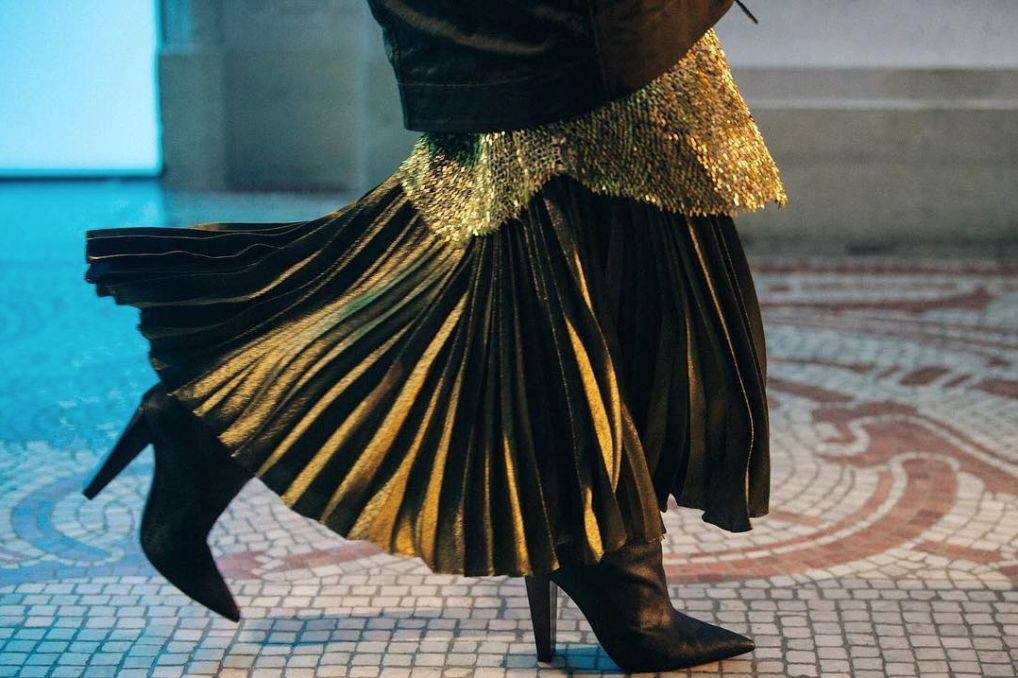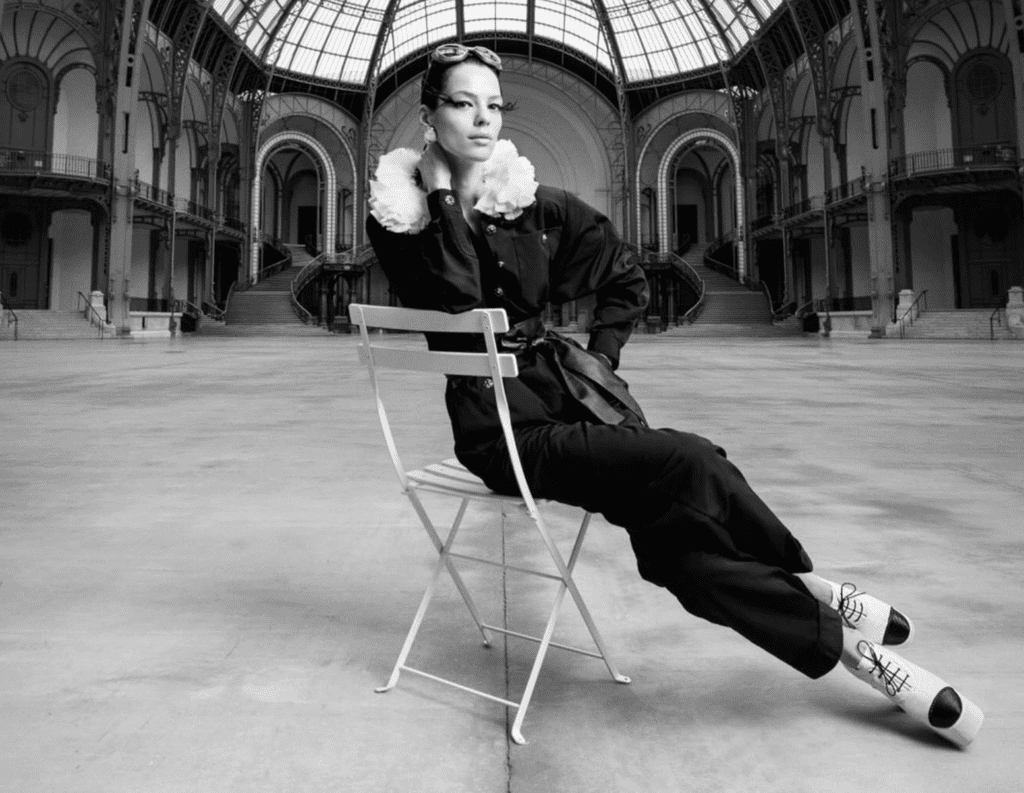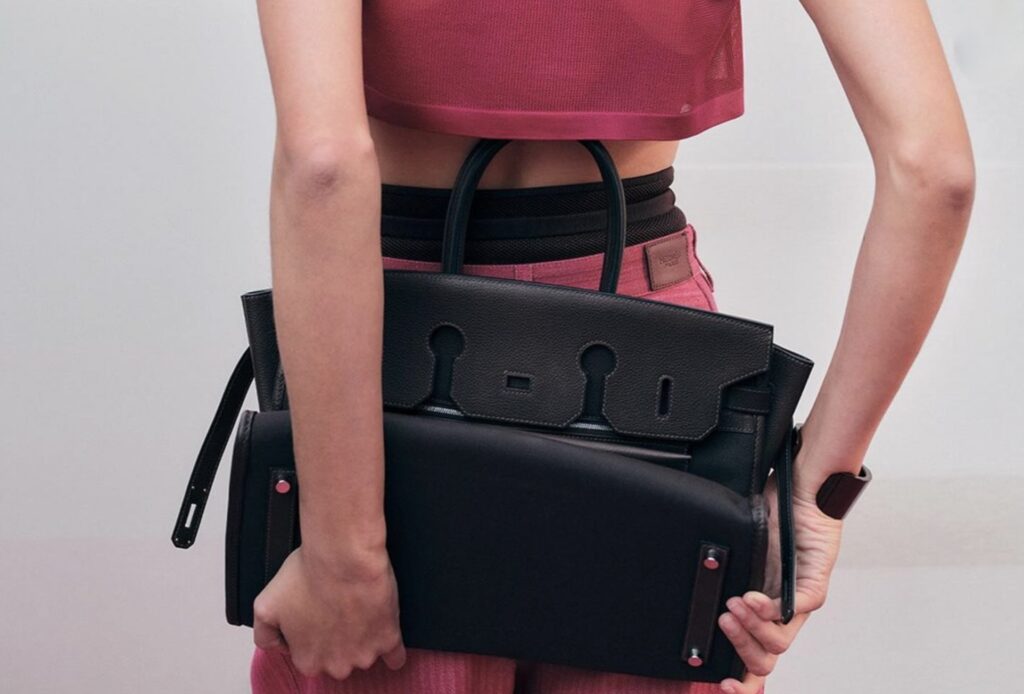
image: Le21eme.com via Pioret
Want to hear a gross understatement? Brand resurrections are difficult. You need not look much further than the large-scale attempt to revive the legendary house of Charles James, the late British-born couturier known for his revolutionary ball gowns and innovative tailoring (and full-blown behind-the-scenes war associated with such efforts), or the legal troubles associated with the attempts to breathe life back into Christian Lacroix, or the fight for Fiorucci, to understand that such endeavors are rarely without wild complexities and even more infrequently are they successful.
Paul Poiret could be a different story. Following the demise of Mr. Poiret’s brand in 1929 and his death 15 years later, the house laid dormant for almost 90 years. That is until Arnaud de Lummen, director of the Luxembourg-based investment company Luvanis, stepped in. Mr. de Lummen came with track record. The expert at reviving sleeping-beauties reviver, as WWD coined him a few years ago, has spent much of his career (since graduating from Harvard Law School) buying up the intellectual property and trademark rights of dormant houses and relaunching them. It was under his care that the now-Goga Ashkenazi owned Vionnet and LVMH-acquired Moynat got their second winds.
So, in 2010, Luvanis and de Lummen commenced their work on the house of Poiret. This included rounding up and acquiring the intellectual property rights in the brand, including its name and archival elements, from the various individual rights holders. By late 2014, Luvanis – armed with an arsenal of sale-able Poiret assets – was prepared to go to auction, much to the pleasure of Shinsegae International, the South Korean fashion and beauty conglomerate, which snapped up the brand for an undisclosed sum during the summer of 2015.
Fast forward almost three years and it is against this background that Shinsegae made its first publicly-facing offering in furtherance of its resurrection the house of Poiret. In place of the regularly-scheduled Céline show (in the midst of the change-over between Phoebe Philo and Hesi Slimane), Poiret showed a Fall/Winter 2018 collection on Sunday under the creative direction of Yiqing Yin, the “contemplative couturier,” in Vogue’s words, who has been tasked with carrying the baton for the corset-discarding and Asian element-inspired work of the house’s founder. On the business side of things, Belgian entrepreneur Anne Chapelle, is sitting in the CEO seat.
The runway show comes after almost a century devoid of designs courtesy of the late Mr. Poiret – who was aptly nicknamed “le Magnifique” or “the King of Fashion,” for the English speakers amongst us. Yet, the French designer’s signatures, including the sheath and sack dress, and couture trousers (a novelty at the time), have been right under our noses. As British Vogue’s Divya Bala noted this week, Poiret’s designs “are relentlessly referenced, most pertinently in the collections of John Galliano for Christian Dior, the airy silhouettes of Alber Elbaz’s Lanvin, the sporty suiting of Dries Van Noten and the diaphanous hems of Valentino, to name a few.”
And in her debut, Ms. Yin did these looming house codes justice, while successfully “avoiding the pitfalls of overt homage,” wrote WWD’s Joelle Diderich in her reflection on the collection. Yin’s “opening statement was an inky blue belted shawl collared coat, whose loose draping and geometric lines carried an echo of the Belle Epoque. She followed with opulent jacquard opera coats, sack dresses and kimono coats that read as subtle nods to the history of the brand.”
Vogue’s Amy Verner found strengths in the collection, as well, including the tailoring and “the winning piece, a draped leather blouson, [which] felt cool and contained.” According to Verner, “With more spontaneity and less study, Poiret could really come alive.”
The next few seasons will, of course, be telling, as it is certainly too early to judge the commercial success of Yin’s offerings.
One thing that is absolutely clear from the outset, however, is that, as Diderich states, “The brand does not have the same resonance as contemporaries such as Lanvin,” a slightly ironic concept given the tragic state of Jeanne Lanvin’s house in recent years. To make up for any deficiencies, however, is the fact that “Shinsegae has deep pockets, proven expertise — in the form of Chapelle’s track record — and access to a vast retail network in Asia.”
Of interest will also be whether – or maybe better yet, when – the brand will look to one of its other significant foundations (and an oft-wildly lucrative one): Fragrance. Mr. Poiret has, after all, gone down in history as the first couturier to introduce fragrance on a commercial basis, launching his own perfume brand in 1911, a whole ten years before Coco Chanel introduced Chanel No. 5.
In short: On various fronts, this will be an interesting endeavor to watch. So, stay tuned.











